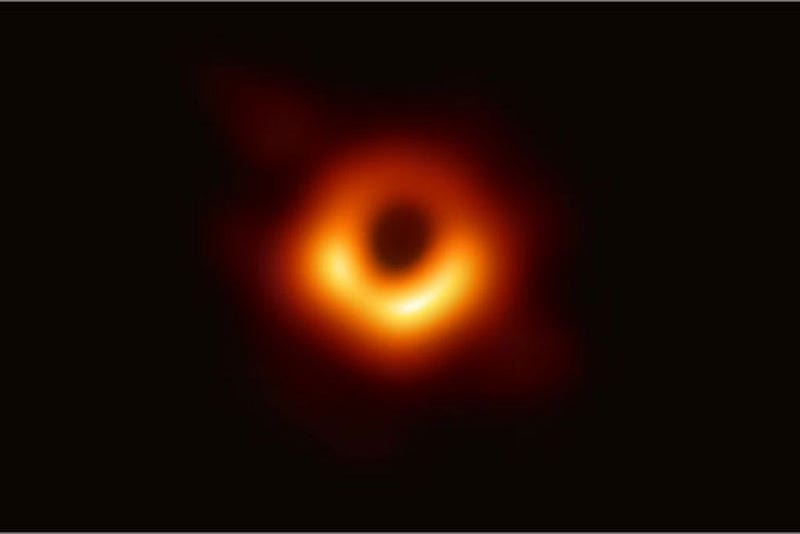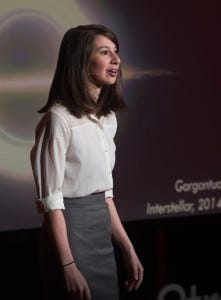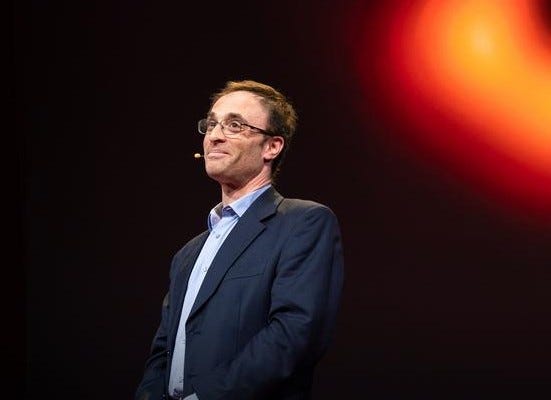Black Hole Imaging
On April 10th, 2019, the world witnessed the release of the first-ever photograph of one of the most mysterious and captivating space phenomena mankind knows; the black hole. A ground-breaking development, which was labelled as the ‘picture that changed our view of the universe’ by the Guardian, this picture not only verified Einstein’s theory of relativity but also provided us with insight on methods to explore even further in the endless universe. When this picture of a black hole, which is 54 million light years away at the heart of the Messier 87 (M87) galaxy, was first put together, mass excitement was created.
This unprecedented break-through could, after all, hold the key to boost our space-exploration programme to heights beyond scientists’ wildest dreams.
It has long been theorized that black holes are such dense, rotating objects that their gravitational pull and attraction affects all, including light. This is why capturing an image of a black hole has always been considered to be an impossible task, as any picture requires light to be reflected into the camera from the concerned object for it to be captured. But in the case of the black hole, no light gets reflected at all. The picture of this black hole is in reality of the accretion disk around it. The accretion disk is a ring of hot plasma created by space debris and all sorts of material spinning at a significant fraction of the speed of light. It is on the border of the event horizon, which is the region beyond which nothing can be seen; from where even light does not escape the pull of the black hole. This has created the seemingly smoldering and glowing orangish-red ring you see in the image.

As is obvious, the image is also extremely blurry. There are no distinct visible details which can be extracted other than the irregularity of brightness of the accretion disk. At a great distance of 54 million years, the excessive diffraction makes this distant object difficult to view clearly. On top of this, the picture was taken in partial images of the whole due to the unavailability of an Earth-sized telescope that was required theoretically. So a technique known as very long baseline interferometry (VBLI) was used. This involved satellites around the world collaborating to form the ‘Event Horizon Telescope’ or EHT, which is a computational telescope almost as vast as the Earth itself. It first began collecting data in the April of 2017, with telescopes in Chile, Mexico, Spain, Hawaii, Arizona, and the Antarctic. It had the support and the minds of over 200 researchers of all kinds; mathematicians, engineers, computer engineers, and astrophysicists to just name a few.
The EHT would collect light from various locations in the Earth’s rotation and then put them together as an image. But this image would still be having a majority of it missing; this is where the algorithms came into play. The actual collection of data actually took less than a week, yet the analysis and the utilization of algorithms took over two years. There were 4 teams from different observatories which individually assessed the data and created their own capture of M87. Ultimately, these 4 images were brought together to Harvard under the supervision of the director of the EHT project, Sheperd S. Doeleman. They were then integrated into the single image that we see flashing in scientific newsletters all over the world. But the data was extremely heavy; five petabytes of data stored in the form of half-a-ton hard-drives.The hard-drives actually had to be physically flown from team to team, which only ended up delaying the final result!


The algorithms would, as Katie Bouman, an MIT PhD. student, describes in her TED talk on the subject, construct the picture by integrating picture patches from numerous image sets. These sets were random, with pictures being taken from sets of pictures on celestial bodies, or of rendered black hole simulation images, or even of everyday pictures. Imagine giving the same description of a face to three different sketch artists around the world and then compare the results, we can see if there is any bias in the sketch of a suspect. In said analogy, the algorithms are the artists which create the images of the black hole. If the three images from the images sets are very similar, we can have faith in the accuracy of the algorithm and thus, the image.
Most galaxies are believed to be centered around a super-massive black hole — M87 itself has about 6.5 billion times more mass than our sun and is 1,585 times bigger than the black hole (Sagittarius A*) at the center of our Milky Way. The verification of a black hole at the center of a galaxy, along with the prospect of the soon-to-be-released photos of Sagittarius A*, verify numerous theories that had been left in doubt despite being perfectly logical. Einstein’s Theory of Relativity is the most significant one of them, as this image justifies it by demonstrating how it’s possible to create an accurate representative model of how an image of a black hole will look like using his equations.
It is amazing how far humanity has come in just about a century. From initially only theorizing about black holes in 1916, we have now witnessed one. Being a huge collaborative effort just like the one on the Large Hadron Collider has made sure that this project has effectively utilized the best resources around the globe. We can be sure of more to come from the growing EHT project, and also of the prospect of discovering more about the mysteries hidden far, far away in space.


Leave a Reply
Authentication required
You must log in to post a comment.
Log in